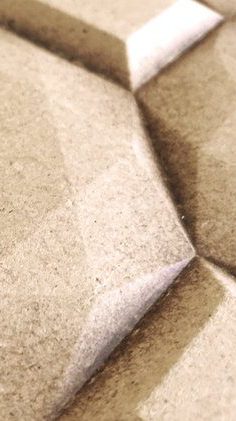Formaldehyde
- EU: According to EU Regulation 2023/1464, an emission threshold value of 0.062 mg/m³ will apply from August 6, 2026.
- Germany: an emission threshold value of 0.125 mg/m³ applies in accordance with the Chemicals Prohibition Ordinance (ChemVerbotsV). Due to a change in the reference test method from EN 717-1 to a special variant of EN 16516, an emission threshold value of 0.062 mg/m³ (E05 Norm) already applies de facto.
- USA: TSCA Title VI and CARB applies for example to NAF MDF, with a threshold value of 0.06 ppm.
Melamine
- EU: At the beginning of 2023, the EU Commission classified melamine as a substance of very high concern in accordance with the REACH Regulation. This means that manufacturers and importers now have an obligation to provide specific information.
Phenol
- EU: The substance is currently being tested in studies and will then be classified in accordance with the requirements of the CLP Regulation.


